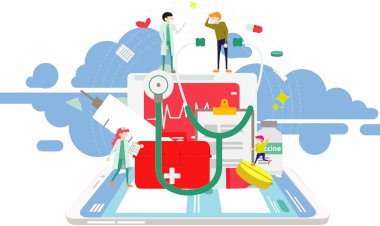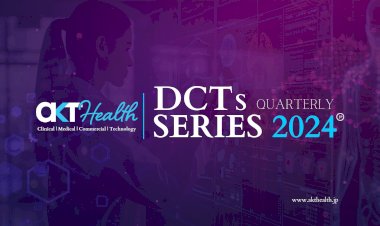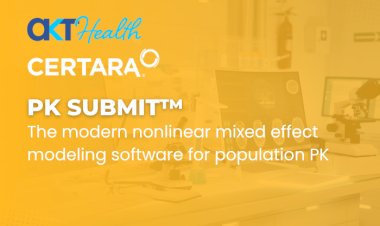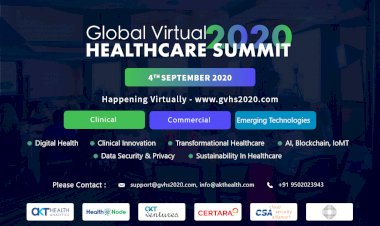AMA sees a surge in healthcare IT adoption, the rise of digital native physicians
AMA, which first began to benchmark how different medical technologies are integrated into clinical practice in 2016, said the new study will help physicians deliver better quality results, cost efficiency, and patient access. It states that digital health can be seen as an important driver of.
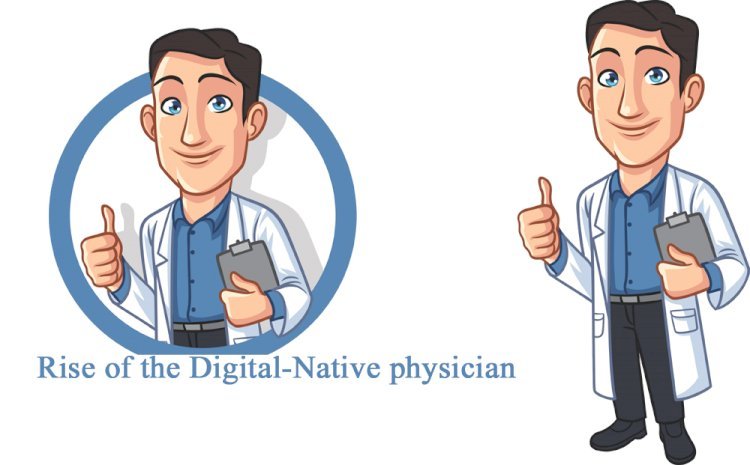
The company's new report on emerging technologies increases appetite and aptitude for telehealth and virtual visits, remote patient monitoring, clinical decision support, and more.
According to a new study by the American Medical Association, the use and evaluation of information technology, and digital health tools by physicians has grown significantly over the last five years.
AMA, which first began to benchmark how different medical technologies are integrated into clinical practice in 2016, said the new study will help physicians deliver better quality results, cost efficiency, and patient access. It states that digital health can be seen as an important driver of.
Why it matters
The new AMA Digital Health Research shows changing attitudes and expectations among the physicians surveyed. According to the report, adoption is being promoted in seven categories:
Telemedicine and virtual visit. Penetration doubled from 14% in 2016 to 28% in 2019, the highest growth in the category of digital health tools. This category includes audio/video connections used to view patients remotely.
Remote monitoring and management to improve care. Adoption of these tools-Mobile apps and wearables that patients with chronic illnesses can use to measure their vital signs such as weight, blood pressure, glucose, etc. daily and send them to the doctor's office from 13% in 2016 to 2016 It increased to 13%. 22% in 2019.
Remote monitoring for efficiency. Specifically, intake increased from 12% in 2016 to 16% in 2019. This category includes smart versions of common clinical instruments such as thermometers, blood pressure cuffs, and Bluetooth scales that allow you to enter readings into a patient's EHR.
Clinical decision support. Recruitment increased from 28% in 2016 to 37% in 2019. This category includes modules used in combination with EHR or mobile applications integrated with EHR to highlight potentially important changes in patient data such as weight gain/loss, changes in blood chemistry, etc. ..
Patient involvement. Recruitment increased from 26% in 2016 to 32% in 2019 for new tools that promote patient health and active participation in the care of chronic diseases, such as adherence to treatment plans.
Enhanced point of care/workflow. Recruitment of doctors has increased slightly from 42% in 2016 to 47% in 2019. This category includes communication and sharing of electronic clinical data for consulting with professionals and for referral and care transfer.
Consumer access to clinical data. Penetration here has risen from 53% in 2016 to 58% in 2019. This is the highest adoption rate in the Digital Health Tools category. This category has secure access that allows patients to view clinical information such as regular laboratory results, receive appointment reminders and treatment prompts, refill prescriptions, request appointments, and talk to a doctor. It is included.
Bigger trends
The largest growth tracked by AMA was in telehealth, virtual visits, and remote monitoring. It tracks recent news articles that track the growth, effectiveness, and ROI of these new modes of care delivery.
Physicians rated efficiency and safety as the most important drivers of interest in digital health tools. Other important requirements are patient compliance and improvement of the doctor's burnout syndrome.
For the first time, AMA also asked doctors about their thoughts on other state-of-the-art emerging technologies, such as enhanced intelligence, blockchain, and precision medicine. Although awareness is far more widespread than hiring, more than one-third of the doctors who voted say they are trying to pilot a technology like this year.
On record
"The rise of digital-native physicians has a significant impact on healthcare and patient outcomes, putting pressure on digital health technology to perform at higher expectations," said AMA President Jesse M. Ehrenfeld. Said.
“The AMA study provides deep insights into the emerging requirements doctors expect from digital technologies and sets industry guidelines for understanding what more and more physicians need to adopt new technologies... "

 Meghana
Meghana 






